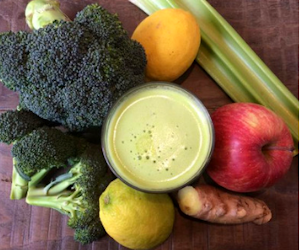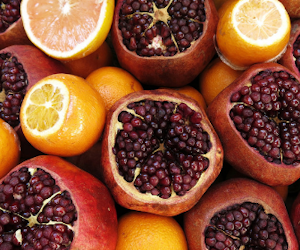Research has shown that our metabolism levels can increase by as much as 800% when we exercise and push ourselves as we do in our Power Yoga practice. This increase of activity manifests mainly in the rejuvenating increase of the flow of our primary life giving substance, oxygen, throughout each and every one of our cells. Allowing our cells to all breathe properly and exchange oxygen between them is one of the most fundamental aspects of maintaining our health without which they would simply die off and take us with them. You have a lot of them to take care of as well, when you consider that you can fit 10,000 of these little bad-boys onto the head of a pin! And so you have one of the major reasons as to why Power Yoga is viewed as such a natural and positive activity for the human body – the heavy emphasis on long deep breaths whilst you go about your practice, gently feeds life back into each and every one of these little bricks that make up your existence.
What your exercise needs to work in synchronicity alongside it are the substances and materials that allow your body to rebuild and renovate after exercise. And what are these substances and materials I hear you ask? I think you already know the answer… yes, you are right of course – our diets and the management of our nutrition levels.
In case you hadn’t been aware of this before, your body produces waste, and lots of it. In the same way your car produces all sorts of toxic products through its exhaust pipe as a by product of the explosion of the ignited petrol and oxygen, each and every one of your cells produces waste as it produces energy from glucose, fat and oxygen. And, subsequently, you’re going to be producing up to 800% more waste when you use up to 800% more fuel during your practice.
Before you all start to develop sweaty brows at this revelation of these increased levels of waste after a workout or practice, fear not, as your body is extremely good at managing your cell waste. In fact, it’s been doing it throughout your life so far and will continue to do it to the best of its ability – no dustbin men style union strikes to worry about here, I’m sure you’ll be pleased to know!
And how does it achieve this? By using fluids derived directly from our water stores, the waste gets flushed from your cells, into your blood, where chemical components filter it through your kidneys and then excrete it through your bladder. Gas components are excreted through your lungs. Beautiful isn’t it?



There are two really powerful principles that you can incorporate into your life to assist your body in your practice.
Principle number 1 – Ensure adequate hydration from water both before and after your practice to support this function
Principle number 2 – Ensure adequate levels of vitamin C as part of your daily diet to fight inflammation… and increase your intake if exercising
The waste we excrete from our bodies causes irritation and inflammation to the surrounding tissues whilst it is on its journey to its respective exit points. Inflammation is at the root cause of all contracted illnesses. The good news, however, is that vitamin C is inflammation’s number one enemy.
Vitamin C is one of the most powerful substances for supporting the human body in battling this inflammation.
Vitamin C, like your B vitamins, is water soluble, which means it cannot be stored in your body. This is why it is so important to ensure a daily intake of vitamin C to support your health. This is especially important when you are exercising because of the increased levels of waste and potential inflammation this then causes. So how can you ensure sufficient vitamin C intake? The range of different foods that provide the highest levels are the following: broccoli, spinach, cabbage, blackcurrants, strawberries, kiwi fruits, oranges and blueberries are some of the more readily available choices.
For those of you open to some of the less obvious choices and with a curious palette, consider wheat grass and barley grass, both of which contain extraordinarily high levels of vitamin C. Barley grass contains seven times more vitamin C than in oranges and wheat grass contains an almost comparable amount, not to mention higher than average levels of many other key nutrients.
Some of you may already be open to supplementation, and although I would always recommend having a strong source of vitamin C from natural dietary sources, vitamin C is one particular substance that is synthesized well in supplemental form and subsequently absorbed by the human digestive system reasonably successfully. Ascorbic acid is the most cost efficient form of vitamin C but taken in high doses is reported by some to have had an uncomfortable effect on their digestion, whereas magnesium ascorbate is the form of vitamin C which is a lot more comfortable on digestion but less cost effective. Powder form mixed with water is the ideal intake method. Try to refrain from the effervescent tablets you dissolve in water as, more often than not, they come with chemical sweeteners added which should carry health warnings of their own.
Although the current RDA level set for vitamin C intake by the UK Department of Health for adults is relatively low at 50mg, this is considered the minimum the body requires, as opposed to what is required if you’re seeking to achieve optimum health. This varies for everyone, and it is advisable to consult with a natural health care practitioner to identify a safe daily intake level of vitamin C to introduce to your lifestyle as part of your long-term health support if you do choose to include supplementation.
Thomas Horner
Invivo Natural Therapies
Find us on facebook!